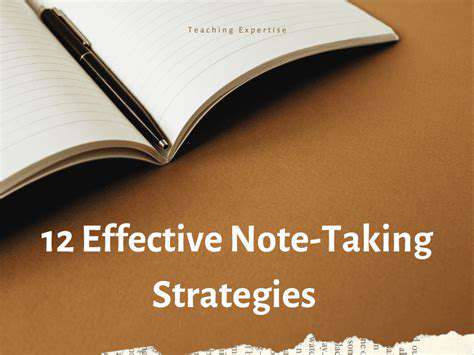Guide to Setting Healthy Boundaries for Quality Living

Understanding Your Boundaries
Defining personal boundaries starts with self-reflection. It’s about recognizing emotional and physical limits—what feels acceptable and what doesn’t. Past experiences often reveal patterns where discomfort or resentment arose, offering clues for setting future boundaries. Clarifying personal values and priorities lays the groundwork for these guidelines.
Many overlook this introspective step, yet it’s the backbone of healthy interactions. Self-awareness helps identify triggers and situations demanding firmer limits. Without it, boundaries risk being arbitrary or inconsistent.
Identifying Your Needs
Pinpointing needs is central to boundary-setting. Safety, respect, and fulfillment hinge on understanding emotional requirements (like being heard) and physical ones (such as personal space). Articulating these needs clearly prevents misunderstandings and fosters mutual respect.
Needs aren’t static—they shift across relationships. A colleague’s expectations differ from a friend’s. Adapting boundaries contextually ensures they remain relevant and effective.
Choosing the Right Time and Place
Timing and environment shape boundary discussions. Private, calm settings allow for undivided attention, while rushed or public talks may derail the conversation. The right moment matters as much as the location—avoid broaching the topic during high-stress periods.
Practicing Assertive Communication
Assertiveness strikes a balance between aggression and passivity. It’s about stating limits firmly yet politely. Using I statements (I need instead of You should) reduces defensiveness and keeps focus on solutions. This approach nurtures respect without compromising personal needs.
Active Listening and Empathy
Boundary-setting isn’t one-sided. Truly hearing the other person’s perspective builds bridges. Empathy—seeing their viewpoint—can reveal compromises that honor both parties’ limits. This dual focus transforms potential conflicts into collaborative discussions.
Addressing Potential Obstacles
Pushback is common when establishing new boundaries. Anticipating reactions—whether dismissal or guilt-tripping—helps craft measured responses. Role-playing tricky conversations beforehand builds confidence in holding firm. Preparation turns obstacles into navigable hurdles.
Maintaining Your Boundaries
Boundaries aren’t set and forget—they require vigilance. Consistency reinforces their importance across situations. As relationships evolve, so too might limits. Periodic check-ins ensure boundaries still serve their purpose without becoming rigid. Flexibility within firmness is key.
Support networks act as scaffolding during life’s upheavals. Trusted friends, family, or professionals provide both emotional ballast and practical guidance when boundaries feel challenged. Seeking support isn’t weakness—it’s strategic self-care.

Building Healthy Relationships Through Clear Boundaries
Understanding the Importance of Boundaries
Boundaries function like relational blueprints—they outline what behaviors preserve mutual respect. Without them, relationships risk toxicity through overextension or exploitation. Emotional sustainability depends on recognizing and enforcing these limits.
Self-knowledge precedes boundary-setting. Identifying comfort zones—and their deal-breakers—creates clarity for others to follow.
Communicating Boundaries Effectively
Directness prevents ambiguity. Instead of vague hints, try: I value our time together, but need solitude this weekend. Such transparency minimizes misinterpretation. Listening with equal intent shows respect for the other’s boundaries too—a reciprocal dynamic.
Setting Boundaries in Different Relationships
A parent might need limits on unsolicited advice, while a coworker requires guidelines on after-hours contact. Context dictates the boundary’s shape. Balancing others’ feelings with personal needs prevents resentment on either side.
Maintaining and Enforcing Boundaries
Like garden fences, boundaries need regular upkeep. Consistency signals seriousness—lax enforcement invites disregard. Yet as relationships mature, revisiting boundaries ensures they still fit. Growth sometimes means loosening or tightening limits.
Addressing Boundary Violations
Minor breaches warrant calm correction: When you comment on my choices, I feel judged. I’d prefer supportive feedback. Persistent violations, however, may require distancing. Ending relationships that chronically disrespect boundaries isn’t failure—it’s self-preservation.











